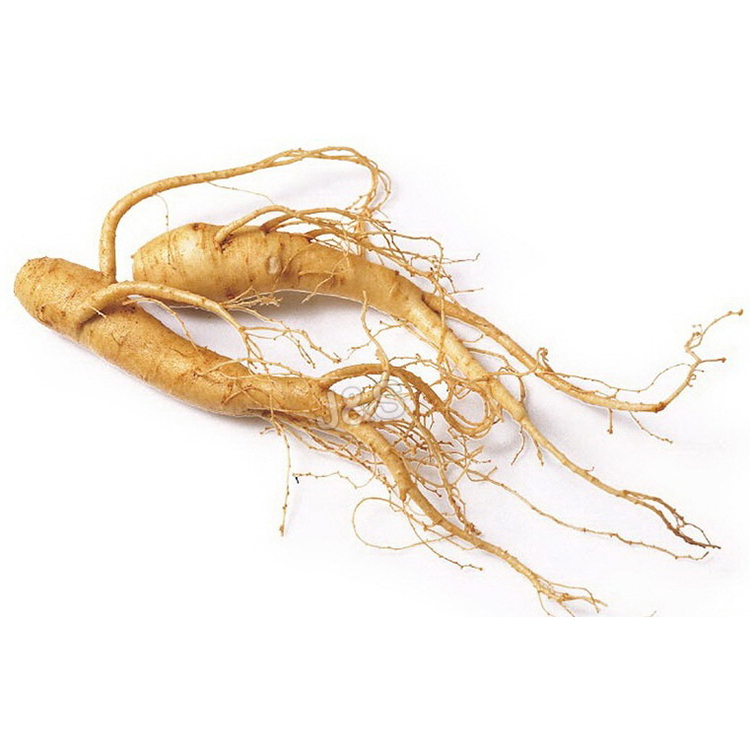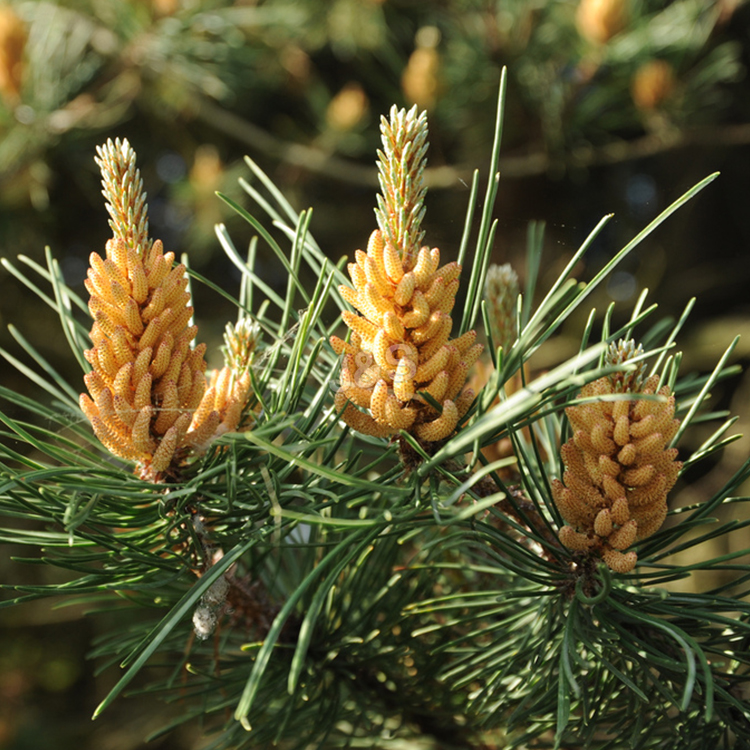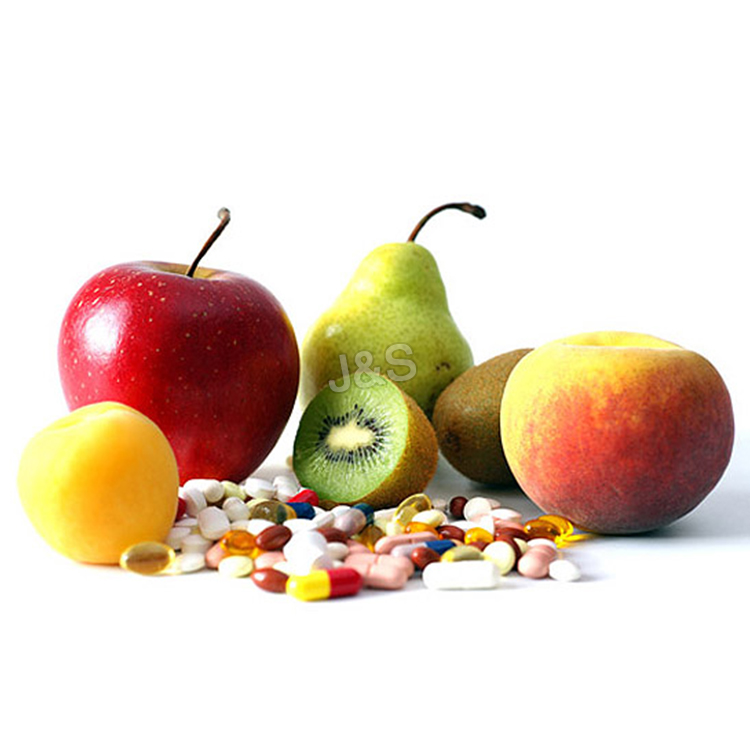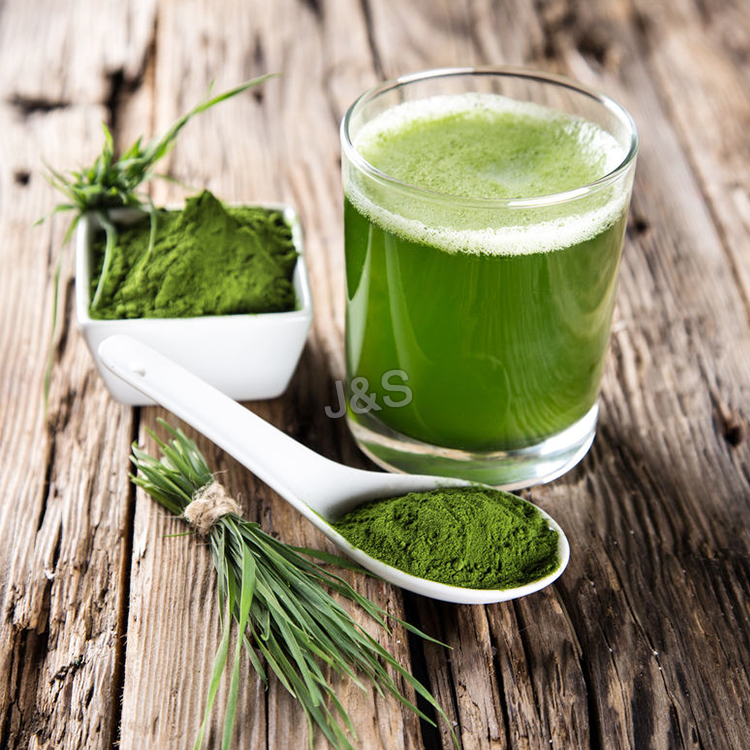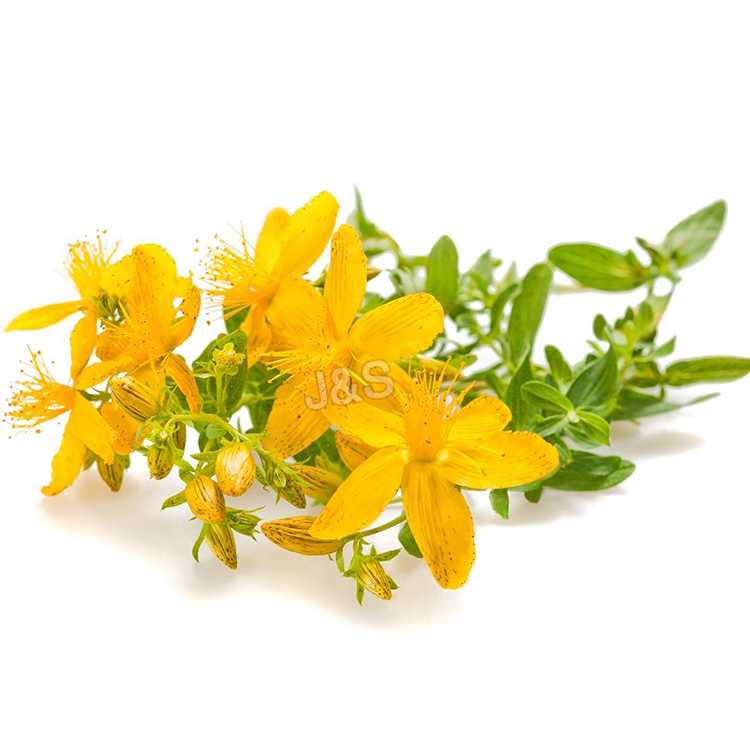Renewable Design for Ginger Root Extract Factory in Moldova
Renewable Design for Ginger Root Extract Factory in Moldova Detail:
[Latin Name] Zingiber Officinalis
[Specification] Gingerols 5.0%
[Appearance] Light yellow powder
Plant Part Used: Root
[Particle size] 80Mesh
[Loss on drying] ≤5.0%
[Heavy Metal] ≤10PPM
[Storage] Store in cool & dry area, keep away from the direct light and heat.
[Shelf life] 24 Months
[Package] Packed in paper-drums and two plastic-bags inside.
[Net weight] 25kgs/drum
[What is ginger?]
Ginger is a plant with leafy stems and yellowish green flowers. The ginger spice comes from the roots of the plant. Ginger is native to warmer parts of Asia, such as China, Japan, and India, but now is grown in parts of South American and Africa. It is also now grown in the Middle East to use as medicine and with food.
[How does it work?]
Ginger contains chemicals that may reduce nausea and inflammation. Researchers believe the chemicals work primarily in the stomach and intestines, but they may also work in the brain and nervous system to control nausea.
[Function]
Ginger is among the healthiest (and most delicious) spices on the planet.It is loaded with nutrients and bioactive compounds that have powerful benefits for your body and brain.Here are 11 health benefits of ginger that are supported by scientific research.
- Ginger Contains Gingerol, a Substance With Powerful Medicinal Properties
- Ginger Can Treat Many Forms of Nausea, Especially Morning Sickness
- Ginger May Reduce Muscle Pain and Soreness
- The Anti-Inflammatory Effects Can Help With Osteoarthritis
- Ginger May Drastically Lower Blood Sugars and Improve Heart Disease Risk Factors
- Ginger Can Help Treat Chronic Indigestion
- Ginger Powder May Significantly Reduce Menstrual Pain
- Ginger May Lower Cholesterol Levels
- Ginger Contains a Substance That May Help Prevent Cancer
- Ginger May Improve Brain Function and Protect Against Alzheimer’s Disease
- The Active Ingredient in Ginger Can Help Fight Infections
Product detail pictures:
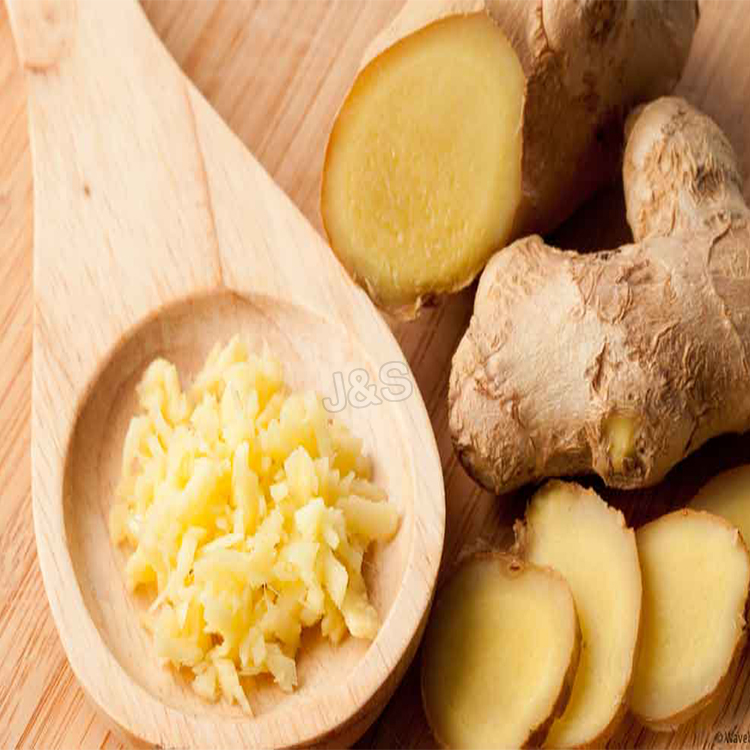
Related Product Guide:
Assume full duty to satisfy all demands of our clients; reach steady advancements by marketing the development of our purchasers; grow to be the final permanent cooperative partner of clientele and maximize the interests of customers for Renewable Design for Ginger Root Extract Factory in Moldova , The product will supply to all over the world, such as: Belgium, Serbia, Brisbane, Many products fully conform to the most rigorous of international guidelines and with our first-rate delivery service you will have them delivered at any time and in any place. And because Kayo deals in the entire spectrum of protective equipment, our customers don't need to waste time shopping around.
Useful for CBSE, ICSE, NCERT & International Students
Grade 12
Subject: Chemistry
Lesson : Biomolecules
Topic: Polysaccharide
Carbohydrates are classified on the basis of their behaviour on hydrolysis. They have been broadly divided into following three groups.
(i) Monosaccharides: A carbohydrate that cannot be hydrolysed further to give simpler unit of polyhydroxy aldehyde or ketone is called a monosaccharide. About 20 monosaccharides are known to occur in nature. Some common examples are glucose, fructose, ribose, etc.
(ii) Oligosaccharides: Carbohydrates that yield two to ten monosaccharide units, on hydrolysis, are called oligosaccharides. They are further classified as disaccharides, trisaccharides, tetrasaccharides, etc., depending upon the number of monosaccharides, they provide on hydrolysis. Amongst these the most common are disaccharides. The two monosaccharide units obtained on hydrolysis of a disaccharide may be same or different. For example, sucrose on hydrolysis gives one molecule each of glucose and fructose whereas maltose gives two molecules of glucose only.
(iii) Polysaccharides: Carbohydrates which yield a large number of monosaccharide units on hydrolysis are called polysaccharides. Some common examples are starch, cellulose, glycogen, gums, etc. Polysaccharides are not sweet in taste, hence they are also called non-sugars.
Visit www.oztern.com to find personalized test preparation solutions for Pre Medical – AIPMT, AIIMS, JIPMER, State, Pre Engineering – IIT JEE, JEE MAIN, BITSAT, State and Foundations – Class 6 to 10.
OK, so these Crunchy Clusters from Brookside may not be the healthiest treat to eat, but they sure are yummy! My wife bought a bag of these a month or two ago and after trying a few one night I kept sneaking more and more of them every day… and then the bag was empty to our dismay. They are a delight and dangerous to have around the house! Be sure to subscribe to Morgan Madness: https://goo.gl/7CGX0T
Watch more of my “Savor the Flavor” videos: https://www.youtube.com/playlist?list…
I didn’t get this product for free or get paid by anyone to make this video, I just had to share my addiction. ![]()
Here’s a link to the website:
https://www.brooksidechocolate.com/usa…
DARK CHOCOLATE
Berry Medley
Ingredients: DARK CHOCOLATE (SUGAR; CHOCOLATE; COCOA BUTTER; MILK FAT; COCOA PROCESSED WITH ALKALI; SOY LECITHIN; MILK; SALT; NATURAL VANILLA FLAVOR); SUGAR; PALM KERNEL OIL; CRISP RICE (RICE; SUGAR; BARLEY MALT EXTRACT; SALT; RICE BRAN EXTRACT; TOCOPHEROLS, TO MAINTAIN FRESHNESS); WHEY (MILK); BUTTERMILK POWDER; COCOA; GRANOLA (OATS; HIGH FRUCTOSE CORN SYRUP; PARTIALLY HYDROGENATED SOYBEAN OIL; HONEY; WHEAT); DEIONIZED APPLE JUICE CONCENTRATE; RICE SYRUP; CRANBERRIES; MALTODEXTRIN; CORN MEAL; WHEAT FLOUR; FRUIT JUICE CONCENTRATE (POMEGRANATE; APPLE; RASPBERRY; BLUEBERRY; LEMON; CRANBERRY JUICE CONCENTRATE); BROWN SUGAR; NATURAL FLAVORS; SOY LECITHIN; PECTIN; RESINOUS GLAZE; MALIC ACID; ASCORBIC ACID; SALT; SODIUM BICARBONATE; SODIUM CITRATE; ACAI PUREE CONCENTRATE; CITRIC ACID; HONEY; SUNFLOWER OIL; SODIUM BICARBONATE; TOCOPHEROLS, TO MAINTAIN FRESHNESS
It can be said that this is a best producer we encountered in China in this industry, we feel lucky to work with so excellent manufacturer.


